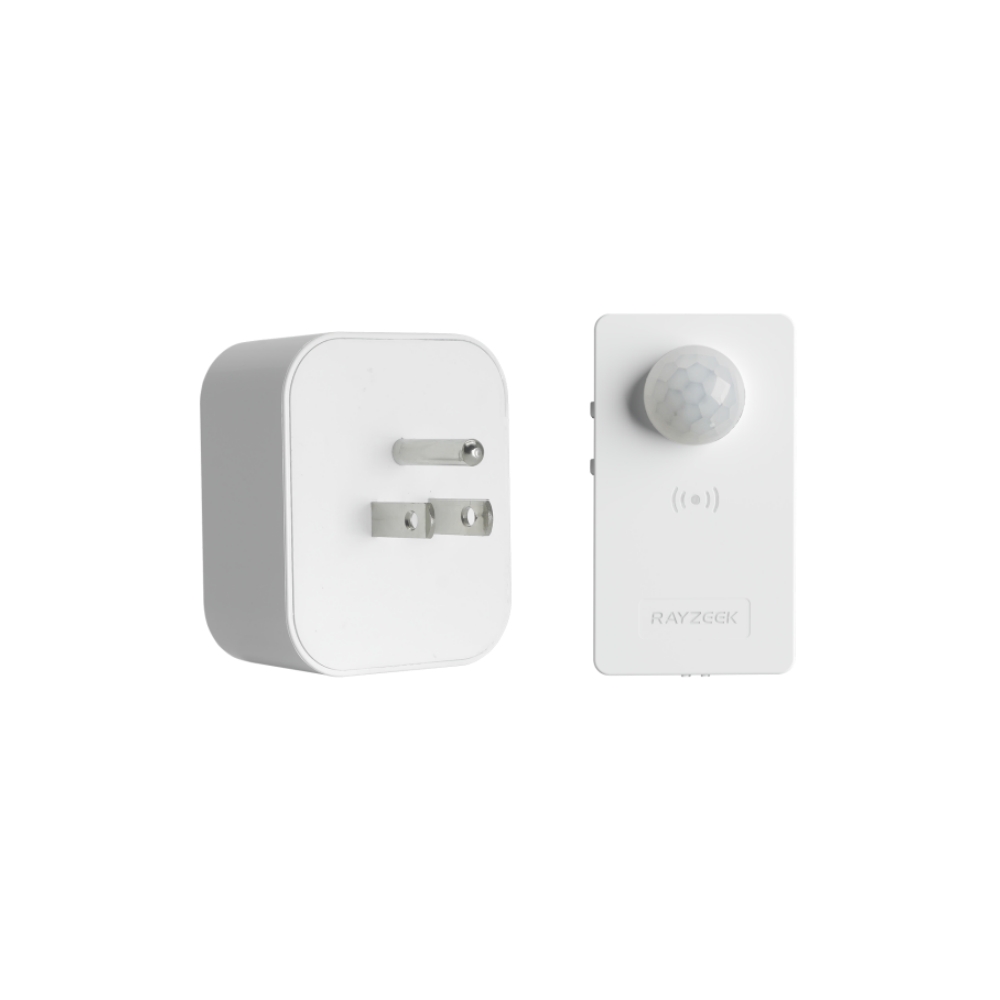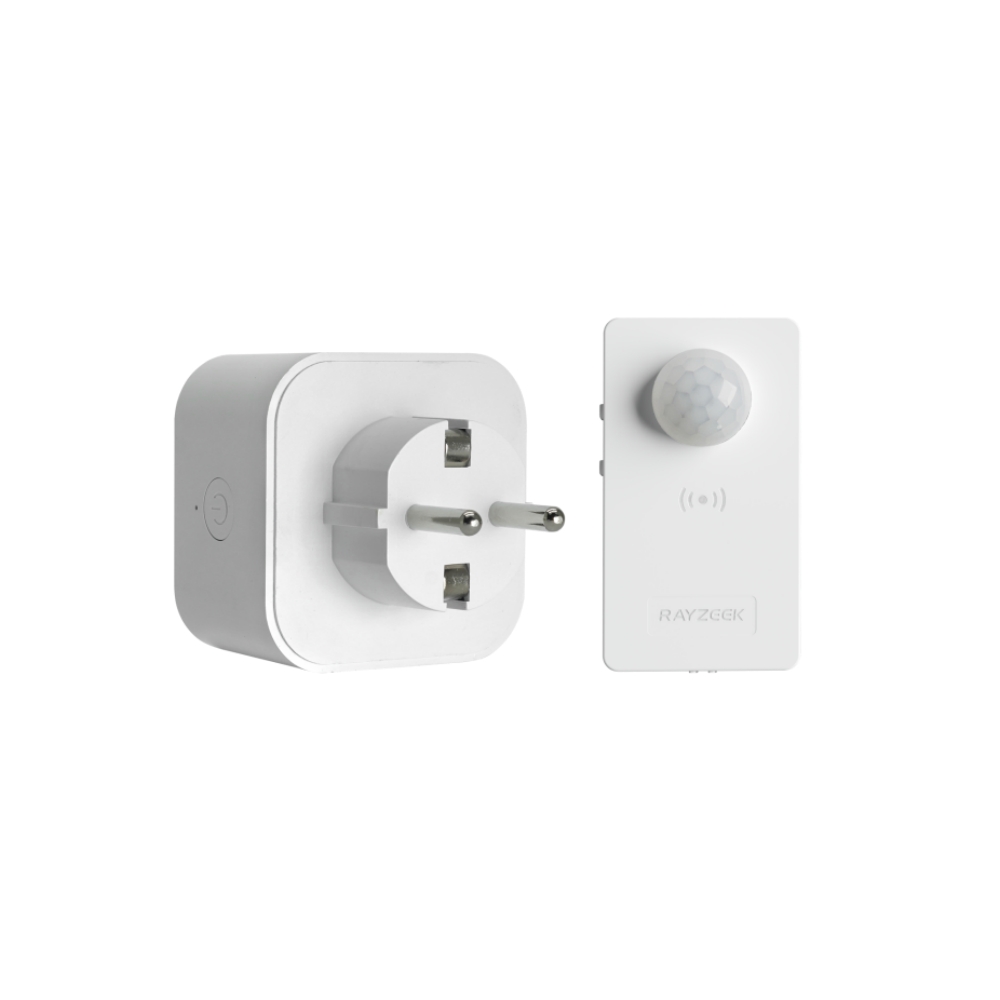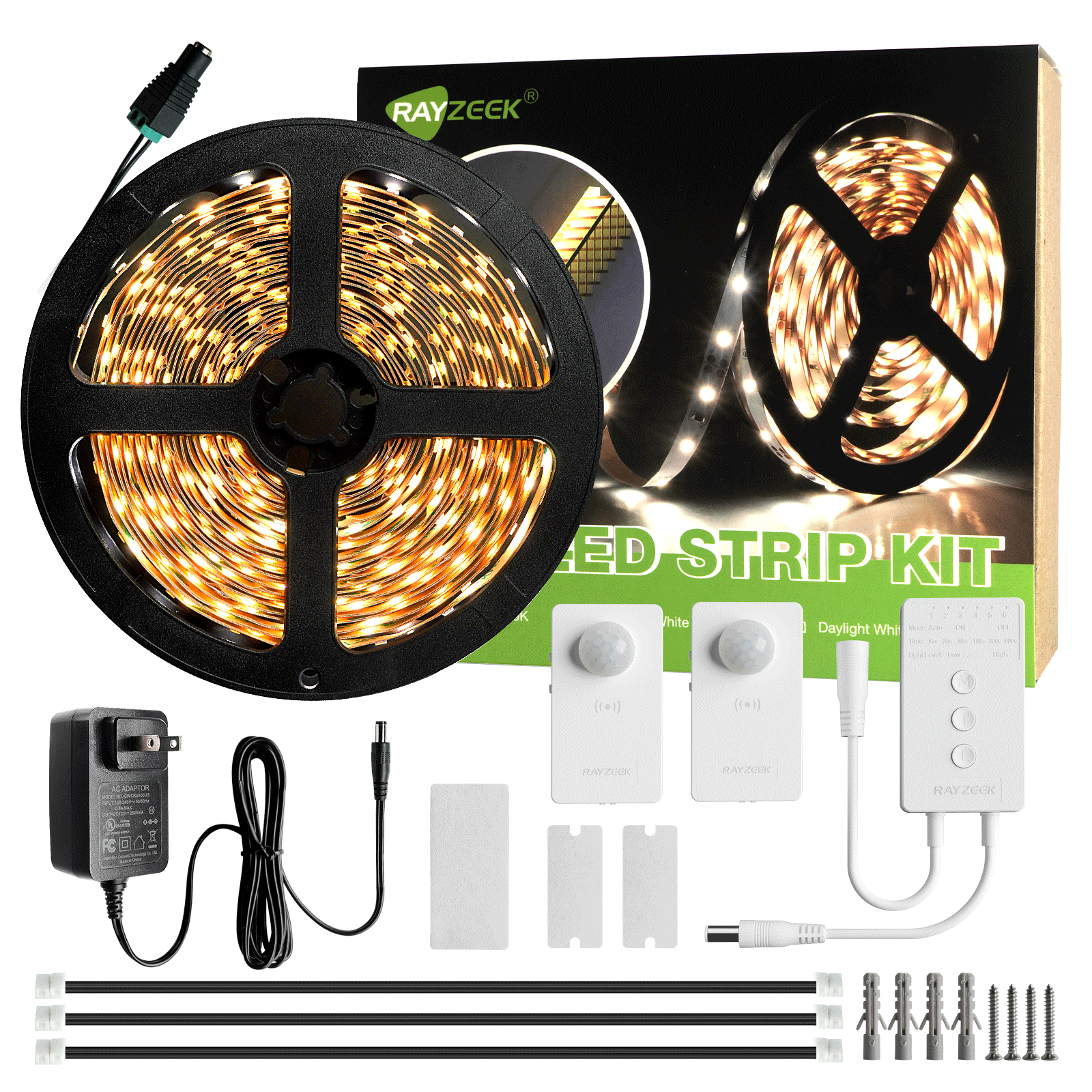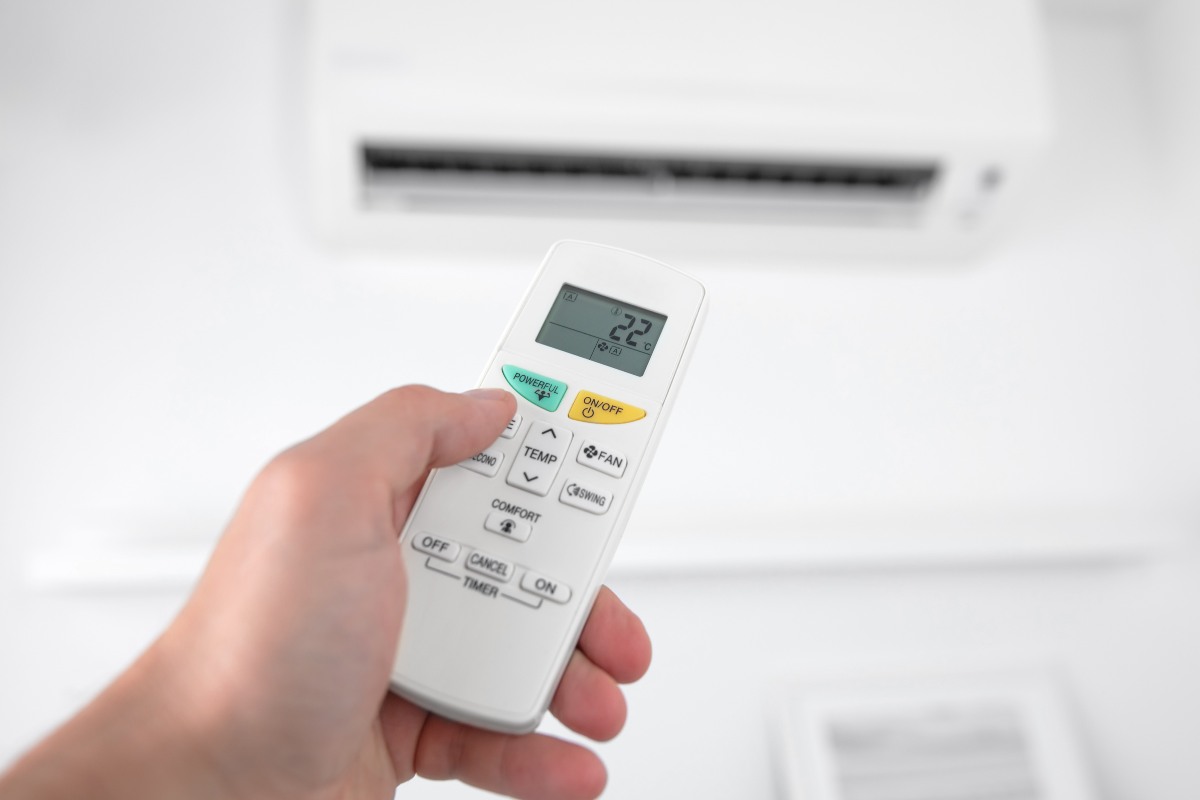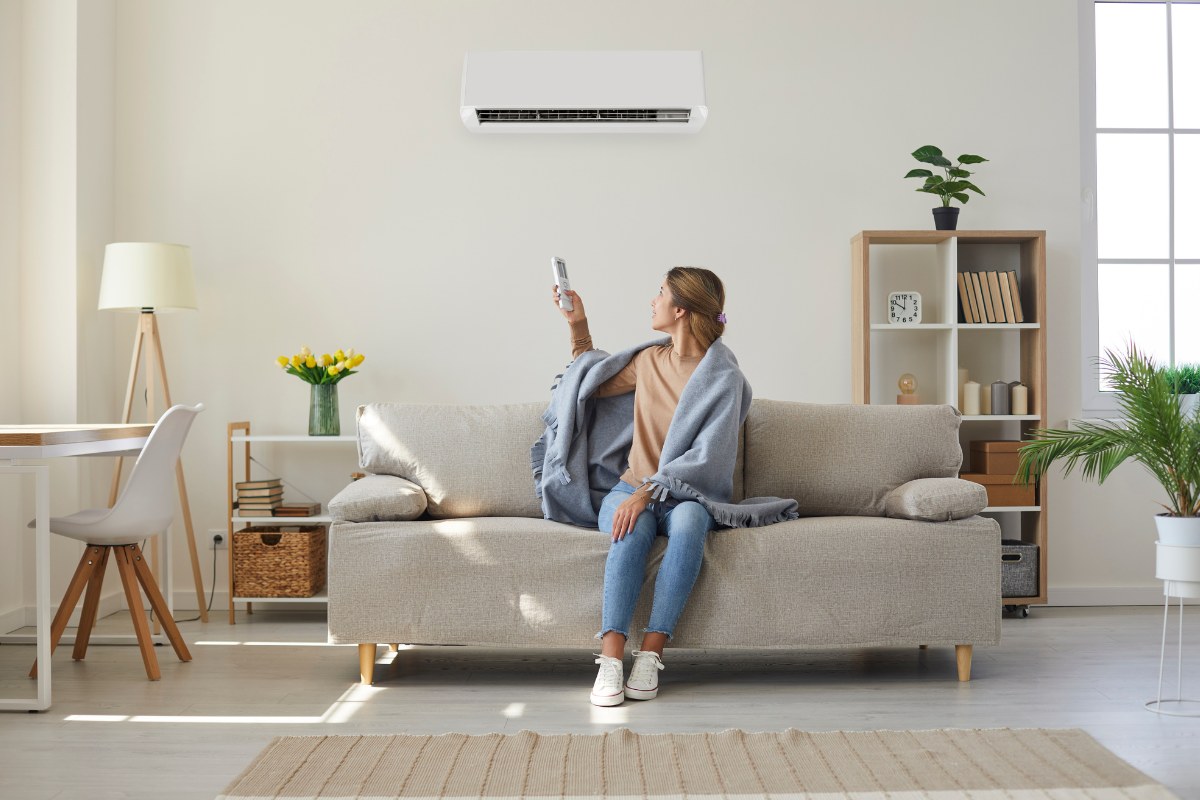As winter approaches, the question of how to keep our homes comfortable without breaking the bank becomes increasingly pressing. Have you ever wondered if there’s a magic number on your thermostat that could solve this dilemma? While there’s no one-size-fits-all solution, understanding the best thermostat settings for winter can significantly impact both your comfort and your energy bills.
What Are the Optimal Thermostat Settings for Winter?
Finding the right balance between comfort and energy efficiency is key when setting your thermostat for winter. The U.S. Department of Energy recommends setting your thermostat to 68°F (20°C) when you’re awake and at home. This temperature is generally considered comfortable for most people while also being energy-efficient.
Daytime Settings
During the day, while you’re active and moving around your home, maintaining a temperature of 68°F can provide a comfortable environment without overworking your heating system. If this feels a bit chilly at first, you might consider starting at 70°F and gradually lowering the temperature as your body acclimates to the cooler weather. Remember, even a small adjustment can make a significant difference in your energy consumption.
Nighttime Settings
When it’s time to sleep, you can save even more energy by lowering your thermostat. The ideal nighttime temperature is typically between 60°F and 65°F (15.5°C to 18°C). This cooler environment can actually promote better sleep, as our bodies naturally lower their core temperature during rest. Plus, you can always add an extra blanket for warmth without increasing your energy usage.
Settings When Away
If you’re leaving your home for an extended period, it’s wise to adjust your thermostat to save energy. Setting the temperature between 60°F and 65°F when you’re away can prevent your pipes from freezing while significantly reducing your heating costs. However, if temperatures in your area frequently dip below 30°F, you might want to keep your thermostat around 64°F to 65°F to ensure your home stays sufficiently warm.
For pet owners, especially those with puppies, senior dogs, small dogs, or dogs with short hair, setting the thermostat between 66°F and 67°F while away is recommended to keep your furry friends comfortable.
Lowering your thermostat by 7-10 degrees for 8 hours a day (whether while you’re sleeping or away) can reduce your annual heating expenses by as much as 10%. This simple adjustment could lead to substantial savings over the course of a winter season.
Factors Influencing Ideal Winter Thermostat Settings
The general guidelines above provide a good starting point; several factors can influence the ideal thermostat settings for your specific situation.
Inspirez-vous des portefeuilles de détecteurs de mouvement Rayzeek.
Vous ne trouvez pas ce que vous voulez ? Ne vous inquiétez pas. Il existe toujours d'autres moyens de résoudre vos problèmes. L'un de nos portefeuilles peut peut-être vous aider.
Regional Climate
The climate in your area plays a significant role in determining the most appropriate thermostat settings. Homes in regions with harsh winters may require slightly higher temperature settings to maintain comfort, while those in milder climates might be able to set their thermostats lower. It’s important to consider your local weather patterns and adjust accordingly.
House Insulation
The quality of your home’s insulation has a substantial impact on how well it retains heat. Well-insulated homes can maintain comfortable temperatures more efficiently, allowing for lower thermostat settings without sacrificing comfort. If you notice drafts or cold spots in your home, improving your insulation could be a worthwhile investment that allows you to lower your thermostat settings and save on heating costs.
Home Size
Larger homes generally require more energy to heat, which might necessitate slightly higher thermostat settings or the use of zoning systems to heat different areas efficiently. Smaller homes, on the other hand, tend to heat up more quickly and may allow for lower temperature settings.
Humidity Levels
Higher humidity levels can make a room feel warmer, while low humidity can make it feel cooler. Ideal indoor humidity levels should be between 30% and 60%. Using a humidifier during dry winter months can help you feel comfortable at lower temperature settings, potentially allowing you to lower your thermostat by a degree or two without sacrificing comfort.
Heating System Age
Older systems may struggle to maintain consistent temperatures, especially in very cold weather. This might necessitate higher thermostat settings to achieve the desired comfort level. Conversely, newer, more efficient systems can often maintain comfort at lower settings, leading to energy savings.
Utilizing Programmable and Smart Thermostats for Winter Savings
One of the most effective ways to optimize your thermostat settings and maximize energy savings is by using programmable or smart thermostats. These devices allow you to automate temperature adjustments based on your schedule and preferences.
Vous êtes peut-être intéressé par
Benefits of Programmable Thermostats
Programmable thermostats offer several advantages:
- Automatic adjustments: You can set different temperatures for different times of the day, ensuring your home is comfortable when you need it to be and saving energy when you don’t.
- Consistent comfort: By maintaining precise temperature control, programmable thermostats can provide more consistent comfort throughout your home.
- Energy savings: The Department of Energy estimates that installing a programmable thermostat could save up to 10% annually on your energy bill.
- Reduced wear on your HVAC system: By maintaining a more balanced workload, programmable thermostats can help extend the life of your heating system.
Benefits of Smart Thermostats
Smart thermostats take programmable technology a step further:
- Learning capabilities: Many smart thermostats can learn your schedule and preferences, automatically adjusting temperatures without manual input.
- Remote access: Control your home’s temperature from anywhere using a smartphone app.
- Energy usage reports: Get insights into your energy consumption patterns to help you make informed decisions about your settings.
- Integration with other smart home devices: Some models can be controlled through voice assistants like Alexa or Google Home.
- Weather-based adjustments: Certain smart thermostats can adjust based on local weather data, optimizing comfort and efficiency.
Programmable vs. Smart Thermostats
Smart thermostats generally provide more advanced features and greater flexibility. However, they also tend to be more expensive. Programmable thermostats are typically more cost-effective and can be an excellent choice for those with stable routines. The best choice depends on your specific needs, budget, and how much control you want over your home’s heating system.
Common Mistakes to Avoid When Setting Your Thermostat in Winter
To ensure you’re getting the most out of your thermostat settings, avoid these common mistakes:
- Not gradually adjusting to winter settings: Suddenly dropping your thermostat to a much lower temperature can be uncomfortable and may lead to resistance from household members. Instead, lower the temperature gradually over a few weeks to allow everyone to acclimate.
- Setting the temperature too high or too low: Cranking up the heat excessively wastes energy and can lead to discomfort. Conversely, setting it too low might cause discomfort and risk frozen pipes. Aim for a balance that provides comfort while minimizing energy use.
- Not considering winter humidity: Dry winter air can make your home feel cooler than it actually is. Using a humidifier can help you feel comfortable at lower temperature settings.
- Forgetting to adjust the thermostat when leaving: Many homeowners forget to lower the temperature when they leave the house, leading to unnecessary energy use. Use a programmable thermostat or make it a habit to adjust the settings before leaving.
- Overusing space heaters: While space heaters can provide targeted warmth, they’re generally less efficient than a properly set central heating system. Use them sparingly and as a supplement rather than a primary heat source.
Additional Tips for Maximizing Winter Energy Savings
Beyond optimal thermostat settings, there are several other strategies you can employ to enhance your winter energy savings:
- Seal windows and doors: Use weatherstripping or caulking to prevent warm air from escaping and cold air from entering.
- Utilize ceiling fans: Run ceiling fans clockwise on a low setting to push warm air down and distribute heat more evenly.
- Manage curtains and blinds: Open curtains during the day to let in natural sunlight and warmth, and close them at night to reduce heat loss.
- Maintain your HVAC system: Regular filter changes, duct cleaning, and professional inspections can keep your system running efficiently.
- Add extra insulation: Particularly in the attic, additional insulation can significantly reduce heat loss.
- Dress warmly: Wearing layers indoors allows you to feel comfortable at lower thermostat settings.
- Use a humidifier: Adding moisture to the air can make lower temperatures feel more comfortable.
- Lower water heater temperature: Setting your water heater to 120°F can reduce energy consumption without sacrificing comfort.
- Use LED light bulbs: These energy-efficient bulbs produce less heat and use less electricity than traditional incandescent bulbs.
Optimal Thermostat Placement for Accurate Readings
The location of your thermostat can significantly impact its accuracy and, consequently, your home’s comfort and energy efficiency. Here are some guidelines for optimal placement:
Vous recherchez des solutions d'économie d'énergie activées par le mouvement ?
Contactez-nous pour des détecteurs de mouvement PIR complets, des produits d'économie d'énergie activés par le mouvement, des interrupteurs à détecteur de mouvement et des solutions commerciales d'occupation/occupation.
Best Placement
- Install the thermostat on an interior wall in a central location, ideally in a room where you spend the most time.
- Position it about 52-60 inches above the floor for the most accurate readings.
- Ensure it’s away from direct sunlight, drafts, doorways, and windows.
- In multi-story homes, place the thermostat on the first floor to get the best average temperature reading.
Areas to Avoid
- Direct sunlight: This can cause false high-temperature readings.
- Above air vents: Proximity to vents can lead to inaccurate temperature sensing.
- Kitchens: Temperature fluctuations from cooking can affect readings.
- Hallways: These areas often have different temperatures than main living spaces.
- Near doors or windows: Drafts can interfere with accurate temperature sensing.
- On exterior walls: These are more susceptible to outdoor temperature fluctuations.
Importance of Heating System Maintenance for Efficiency
Regular maintenance of your heating system is crucial for maintaining its efficiency and ensuring it can meet your desired thermostat settings. Here are some key maintenance tasks:
- Annual professional service: Schedule a furnace check-up every fall before the heating season begins.
- Regular filter changes: Replace or clean filters every 30-60 days, or as recommended by the manufacturer.
- Keep vents unobstructed: Ensure furniture or curtains aren’t blocking airflow from vents.
- Trim outdoor vegetation: Keep shrubs and plants away from outdoor heating units to ensure proper airflow.
- Seal and insulate ducts: This can improve your heating system’s efficiency by up to 20%.
- Check for loose connections: Tighten any loose electrical connections during maintenance.
- Lubricate moving parts: This reduces friction and helps your system run more smoothly.
- Calibrate the thermostat: Ensure your thermostat is reading temperatures accurately.





